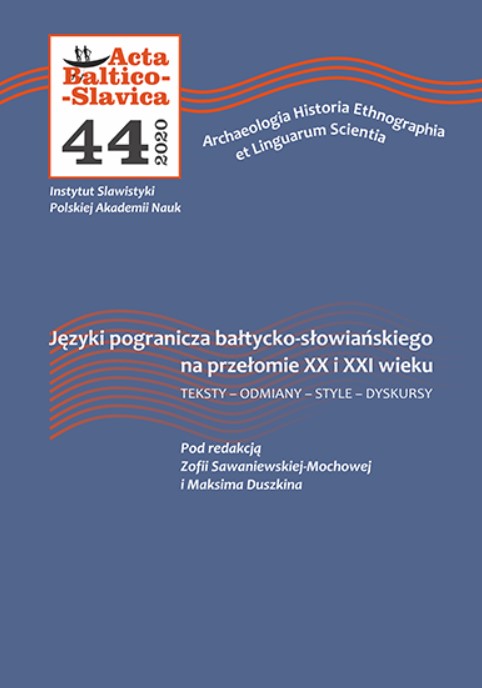Names of Snakes in Latvian Texts of the Sixteenth and Seventeenth Centuries
Names of Snakes in Latvian Texts of the Sixteenth and Seventeenth Centuries
Author(s): Anta TrumpaSubject(s): Theoretical Linguistics, Semantics, Historical Linguistics, Comparative Linguistics, Baltic Languages, 16th Century, 17th Century
Published by: Instytut Slawistyki Polskiej Akademii Nauk
Keywords: 16th and 17th century Latvian texts; names of snakes; semantic changes; taboo; euphemisms;
Summary/Abstract: This article analyses the naming of snakes in sixteenth- and seventeenth-century Latvian texts which are taken from the Corpus of Early Written Latvian Texts, containing the first Latvian dictionaries, religious texts, and some secular texts. The objective of the paper is to try to determine how precisely the translators of religious texts rendered names of snakes, and to ascertain whether any semantic changes have taken place, or whether religious texts show specific use. The study also aims to find out if taboo of dangerous animals, snakes in particular, and related euphemisation is reflected in early Latvian texts. The paper focuses on four Latvian words: čūska, odze, zalktis, and tārps; two of them, odze and zalktis, from the sixteenth and seventeenth centuries until present time, have undergone significant semantic changes, probably because of euphemisation triggered by taboo. Comparison with the Lithuanian language allows to conclude that such usage, different from Modern Latvian, is neither specificity of old texts, nor incompetence of translators, but rather historical language facts. It is also established that in the sixteenth and seventeenth centuries animals as well as plants were not so strictly separated in peoples’ minds, the borders between their names were more fluid, therefore any of snakes’ names could be attributed to any snake species in Latvia.
Journal: Acta Baltico Slavica
- Issue Year: 2020
- Issue No: 44
- Page Range: 124-141
- Page Count: 18
- Language: English

